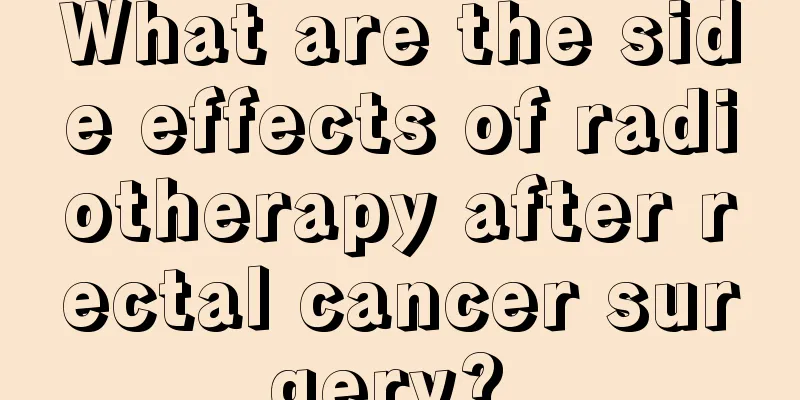What are the sequelae of cerebral infarction?

|
Cerebral infarction is a common disease, especially among middle-aged and elderly people. Therefore, it is necessary to pay attention to correct treatment to avoid causing more sequelae, including common sequelae such as language disorders, facial paralysis, and hemiplegia. 1. Central paralysis is mainly manifested by increased muscle tone, hyperreflexia of tendons, pathological reflexes, and spastic paralysis. Because the brain's nerve innervation is crossed, that is, the left side of the cranial nerve tissue controls the limb activities on the right side; the right side of the cranial nerve tissue controls the limb activities on the left side. When a blood vessel in one cerebral hemisphere is blocked or bleeds, the brain tissue in that area is damaged. 2. Peripheral paralysis is characterized by decreased muscle tone, weakened or absent reflexes, accompanied by muscle atrophy, but no pathological reflexes. 3. A crooked mouth and slanted eyes are manifested by shallow nasolabial grooves, drooping corners of the mouth, and exposed teeth. When puffing the cheeks and whistling, the corners of the mouth tilt toward the healthy side and drool, which is more obvious when talking. 4. Numbness is a common sequelae of cerebral infarction, manifested as a crawling sensation or a tingling sensation in the affected limbs, especially the extremities, such as fingers or toes, or the cheek skin on the hemiplegic side, or a slow response to stimulation. 5. Hemiplegia, also known as half-body paralysis, refers to the movement disorder of the upper and lower limbs, facial muscles and lower part of the tongue muscles on one side. It is a common symptom of acute cerebrovascular disease and a common sequela of cerebral stroke. For patients with sequelae of stroke, receiving treatment in a hemiplegia rehabilitation hospital is the key to recovering lost functions. 6. Aphasia is a common symptom of cerebrovascular disease, which is mainly manifested as the loss of the ability to understand and express language. 7. Agnosia refers to the patient's lack of cognitive ability, which includes the loss of vision, hearing, touch and the ability to recognize body parts. It is one of the symptoms of sequelae of cerebral infarction. 8. Intellectual and mental disabilities. The lesions of cerebral hemorrhage or cerebral infarction are relatively serious or the damage is diffuse. Or multiple infarctions on the basis of cerebral arteriosclerosis may leave intellectual or mental disabilities. |
<<: What is the matter with eye opening?
>>: What are the steps for laser full body hair removal?
Recommend
The efficacy and function of sea buckthorn detoxification
People must pay attention to detoxification in th...
Common complications of esophageal cancer
During the development of esophageal cancer, espe...
Can I eat mullet after vocal cord polyp surgery
With the improvement of breeding technology, mull...
How much do you know about the difference between fresh ginger and dried ginger?
Ginger plays a huge role in our daily life, from ...
Case of liver cancer treated with traditional Chinese medicine
Liver cancer belongs to the category of accumulat...
Bone hyperplasia on the upper edge of the patella
Osteophyte is a very common bone disease, and mid...
Dietary principles for brain cancer patients: low fat and low salt
The diet of brain cancer patients should contain ...
Is it serious to have a pituitary tumor
In recent years, pituitary tumors have become mor...
What is the most effective way to treat nasal mucosal erosion
When it comes to the treatment of nasal mucosal e...
How much does it cost to be hospitalized for kidney cancer
Kidney cancer mostly occurs in married women and ...
Scraping for sore throat
Many women who are breastfeeding will experience ...
How to store Cordyceps sinensis
We all know that Cordyceps sinensis is a very nut...
Why do I still have urine after I pee even if I push hard
Nowadays, more and more people still have urine c...
5 things to note about diet during chemotherapy for colon cancer
The most common side effect of chemotherapy for c...
What is the preparation method of scattered bait?
Many people may not know what scatter bait is, bu...









